Moon landing timeline: What actually happened to iSpace’s Hakuto-R craft?
A historic attempt to land a privately-funded spacecraft on the Moon has come to an uncertain end, with the fate of ispace’s Hakuto-R Mission 1 lander still unclear.
The Japanese startup is currently investigating the final moments of the mission, which saw the craft lose communication with the control centre in Tokyo just seconds before it was due to touch down.
So what actually happened in the moments leading up to the lunar landing attempt? And what has ispace said about its missing craft?
Here’s a timeline of everything that happened leading up to the loss of communication:
11 December, 2022: Hakuto-R Mission 1 lifted off from Cape Canaveral in Florida aboard a SpaceX Falcon 9 rocket.
21 March, 2023: Mission enters lunar orbit, entering an increasingly elliptical orbit as it prepares for descent to the surface of the Moon.
15 April, 2023: The lander’s onboard camera takes a photo of the surface of the Moon from an altitude of around 100km.
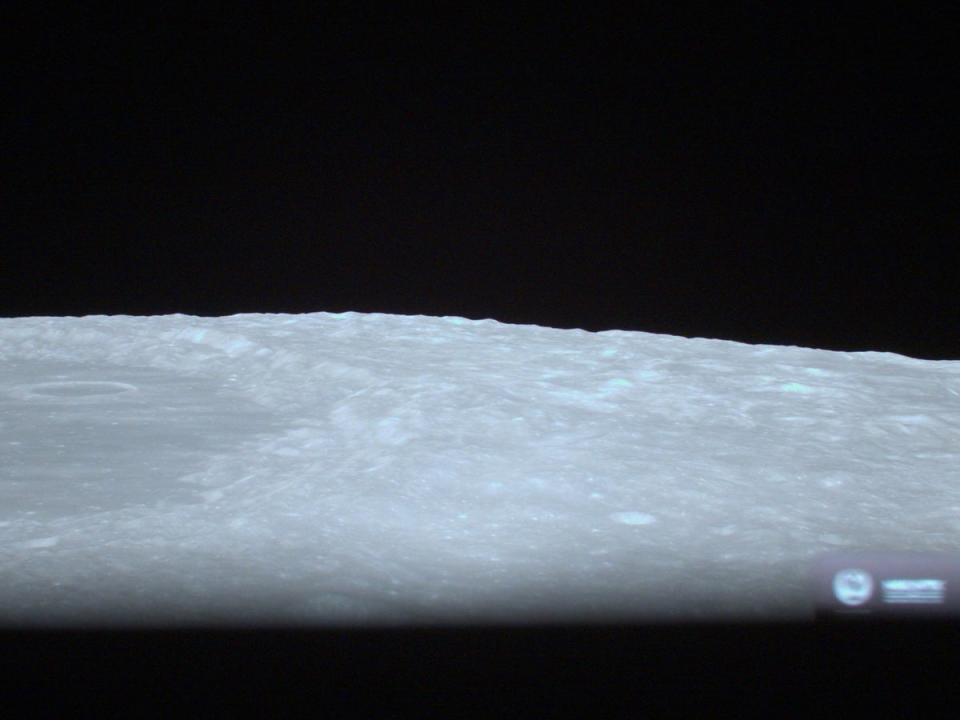
20 April, 2023: The Mission 1 lander shares another photo from the onboard camera, this time showing the lunar Earthrise during the solar eclipse.
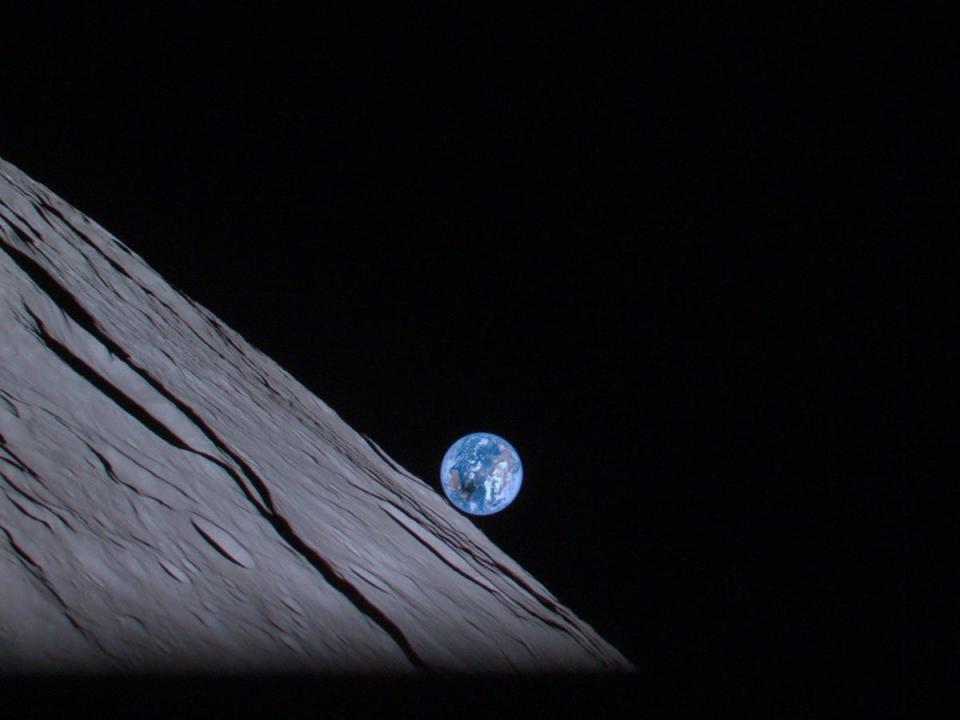
4.20pm BST, 25 April, 2023: ispace begins descent to the lunar surface, losing communication with the ground crew while it passes the far side of the Moon.
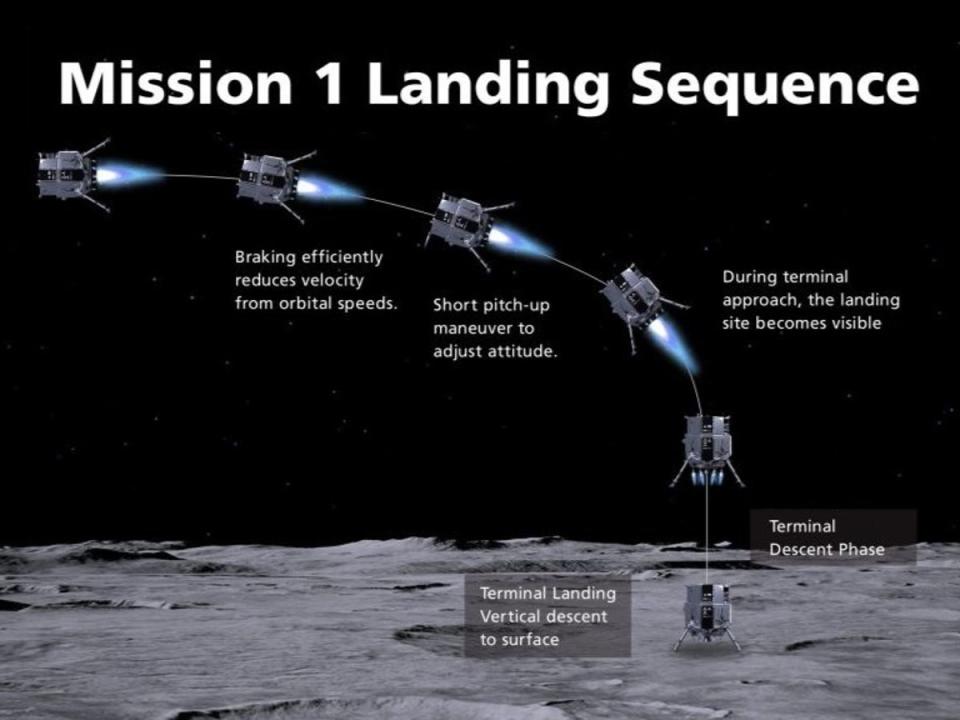
5.40pm BST, 25 April, 2023: The Hakuto-R Mission 1 lunar lander is expected to land on the surface of the Moon, but communications with the craft disappear seconds before it is due to touch down.

“At this time, our Mission Control Center in Tokyo has not been able to confirm the success of the lander,” an ispace spokesperson says.
“We have to assume that we did not complete the landing... Our engineers will continue to investigate the situation.”
Roughly six hours later, ispace issues a formal statement saying: “It has been determined that Success 9 of the Mission Milestones is not achievable.”
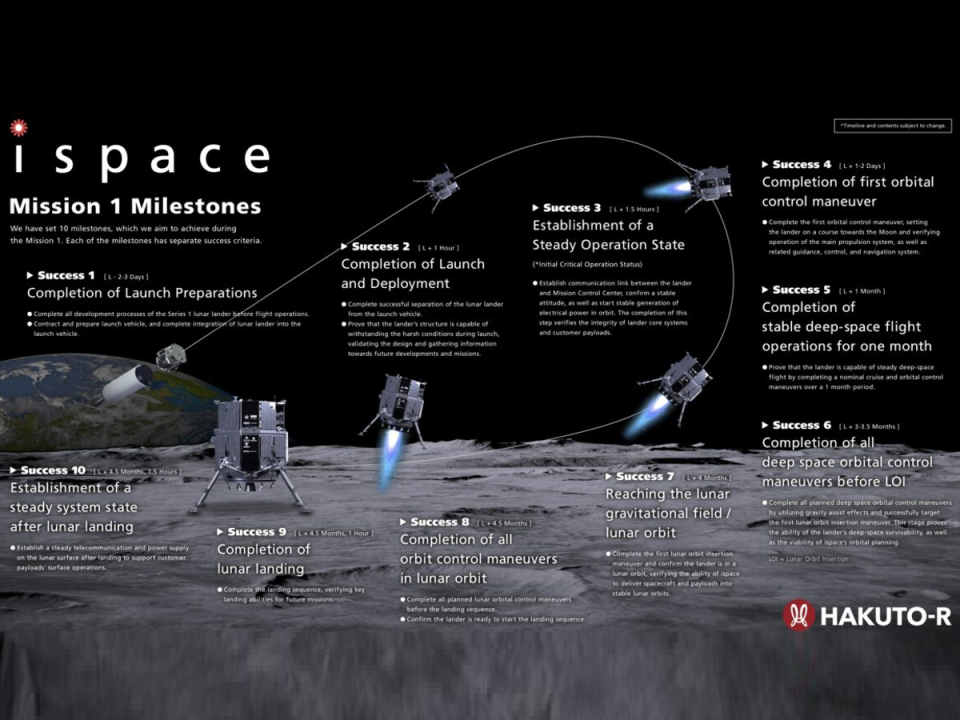
Success 9 refers to the “completion of lunar landing” for the Hakuto-R Mission 1 vehicle. Without this step, the final ‘Success 10’ is also not thought to be possible. This would have involved a steady telecommunication and power supply on the lunar surface after landing to support the operations of its customers’ payloads.
The statement read: “Engineers monitored the estimated remaining propellant reached at the lower threshold and shortly afterward the descent speed rapidly increased. After that, the communication loss happened. Based on this, it has been determined that there is a high probability that the lander eventually made a hard landing on the Moon’s surface.”
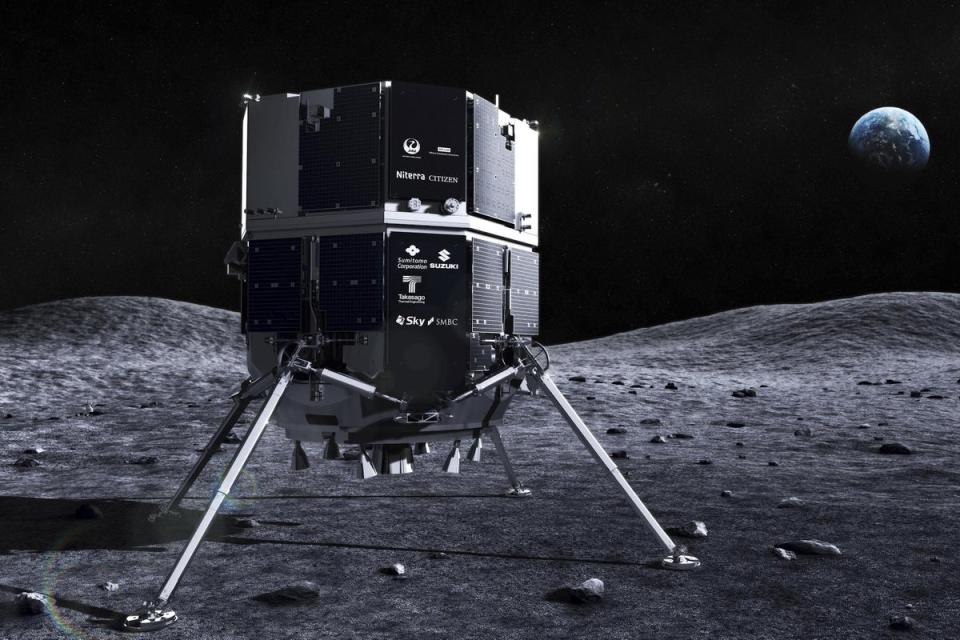
The company said it will continue to analyse the telemetry data to fully understand what exactly went wrong.
The data will also be used to inform future ispace missions, the firm said.
“Although we do not expect to complete the lunar landing at this time, we believe that we have fully accomplished the significance of this mission, having acquired a great deal of data and experience by being able to execute the landing phase. What is important is to feed this knowledge and learning back to Mission 2 and beyond so that we can make the most of this experience,” said Takeshi Hakamada, Founder and CEO of ispace.
“To this end, we are already developing Mission 2 and Mission 3 concurrently and have prepared a foundation that can maintain this continuity.”


